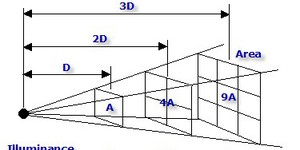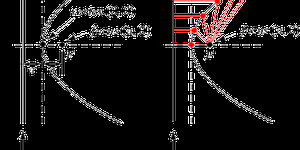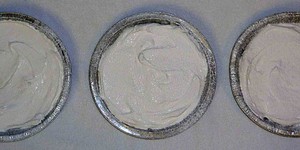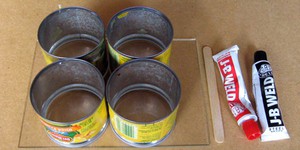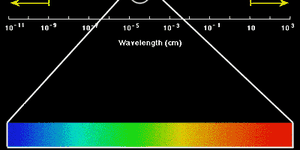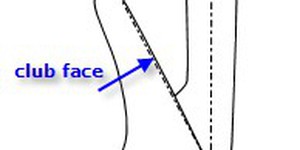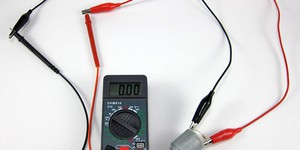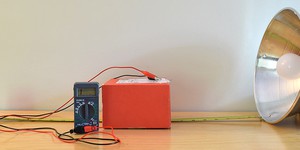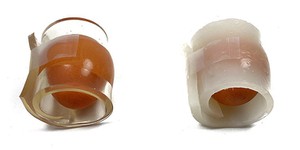Others Like “Using a Laser to Measure the Speed of Light in Gelatin” (top 20 results)
|
Here's an interesting flash photography project. With an inexpensive Fresnel lens, you can concentrate the light from your flash. You'll be able to shoot with a smaller aperture and a shorter flash duration. This will give you greater depth of focus and will allow you to 'freeze' motion at higher speeds. The trade-off is that the light will be concentrated toward the center of the frame. This project shows you how you can investigate that trade-off and find out how you can best use your flash…
Read more
You can see examples of parabolic reflectors in flashlights, car headlights, satellite TV antennas, and even on the sidelines at football games. How do these "dish" antennas work to gather signals? What is the best position for placing the detector for these antennas? In this project, you can use an LED and a simple photodetector to find out for yourself.
Read more
Whether you are sitting around a campfire, or drinking hot chocolate after a day in the snow, nothing says fun quite like a marshmallow! Even its name is soft and spongy! In this cooking and food science fair project, you will make your own marshmallows several different ways, and discover the three special ingredients that give marshmallows their unique texture. You will also find out why they melt so quickly. Explore the science of these sticky, spongy sweets!
Read more
Some molecules can be either left- or right-"handed." The left- and right-handed molecules have the same number and type of atoms, and their chemical structures look identical, but they are actually mirror images of each other. Many naturally occurring molecules have this property, called chirality. Chiral molecules can interact with polarized light in an interesting way—they rotate the plane of polarization. This chemistry science fair project describes how to make a homemade polarimeter…
Read more
Did you know that you can measure the speed of light using a microwave oven, some egg white, and a ruler? Find out how with this cool kitchen science project thanks to Mr. Nick Hood, a science teacher in Fife, Scotland.
Read more
Why are some fruits, like pineapple, not recommended for adding to gelatin? It is because the gelatin may not solidify well if it has these fruits in it. In this science project you will determine whether certain enzymes in some fruits are preventing gelatin from solidifying, and whether there is a way to still include these fruits without ruining your gelatin dessert. It is an experiment with edible results!
Read more
If your idea of a great weekend morning is taking some practice swings at a driving range, or heading out to the links to play a round, this could be a good project for you. This project is designed to answer the question, what is the relationship between club loft angle and the distance that the ball travels when struck.
Read more
How does a helicopter generate enough lift to fly? How does a speedboat get moving fast enough to pull someone on water skis? Here's a project on designing propellers to do the job.
Read more
How does the intensity of a light source change as you move away from it? This project describes a method to verify the inverse square law: how light, sound, electrical signals, and gravity each decrease with distance from their source. It does not matter if you are talking about a lightbulb or the sun; this law still applies!
Read more
Many foods, such as fresh fruits, vegetables, or eggs, are packaged in plastic to protect them from damage during handling and transport. But is plastic the best choice? What if a more sustainable and biodegradable material could replace it? Researchers have begun exploring hydrogels—squishy materials that can hold a lot of water—as alternative packaging materials. In this science project, you will make your own hydrogels from gelatin and cornstarch and investigate what ratio of…
Read more
|
Explore Our Science Videos
Iteration in the Engineering Design Process
Dancing Robot
How to Make a Homopolar Motor - Science Experiment


